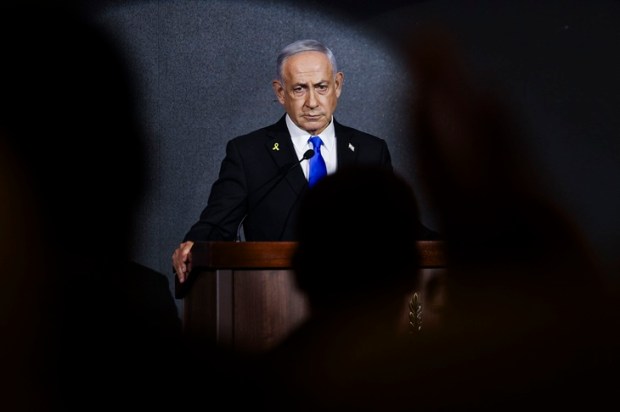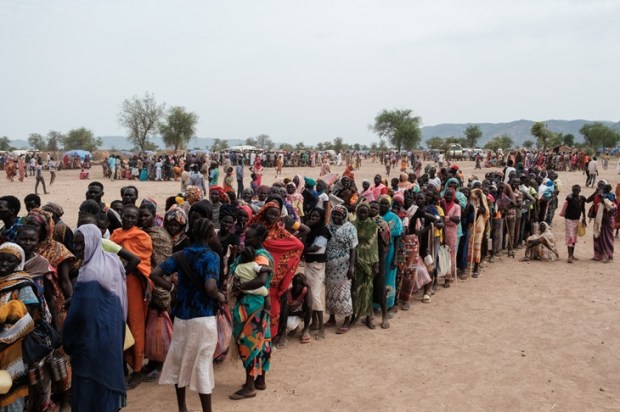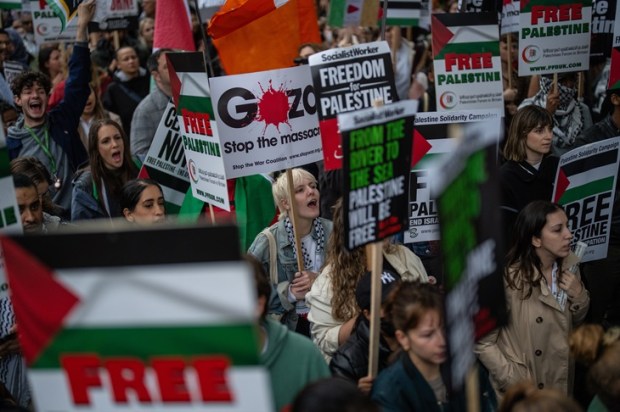Over the weekend, the Israel Defence Forces (IDF) pulled off a daring daylight raid to rescue four hostages held by Hamas from two different locations in Gaza. The hostages were held in civilian houses near a busy marketplace in Nuseirat in central Gaza.
From what we know, after freeing the hostages, an IDF extraction vehicle broke down and drew fire from dozens of Hamas fighters armed with rocket-propelled grenades and small arms.
The IDF returned fire using jets and helicopters, surged ground troops into the area, and cleared a safe extraction route. The result was four Israeli hostages from the Nova festival massacre were rescued, and one senior Israeli special forces officer was killed, along with a significant number of Hamas terrorists and Palestinian civilians, including women and children.
After Israel’s tactical success, civilian casualty figures in Gaza become the focus of the international media and the basis for condemnation.
Hamas claimed that 274 civilians were killed in the rescue. The IDF claim fewer than 100. Not surprisingly, international media have run with the former figure as they have done in the past without further scrutiny. Consequently, the consensus among media and academic figures is that Israel should not have launched this operation given the probability of high civilian casualties due to the operational environment in addition to having used undercover operatives camouflaged as Palestinian civilians using a furniture truck qualifying as a forbidden ruse of war.
Israel’s rescue of four hostages in Gaza: (1) may have been illegally launched in anticipation that civilian casualties would be excessive, and (2) reportedly involved the additional war crime of perfidy – disguising some forces as protected civilians https://t.co/N3qLcuk5nI
— Prof Ben Saul – UN SR Human Rights & Counterterror (@profbensaul) June 9, 2024
This is deeply problematic.
First, Hamas is a terrorist group, proscribed in several Western countries including Australia, and is responsible for the October 7 massacres that led to this war.
Second, it is Hamas’ strategic aim to discredit Israel on the international stage through the use of cognitive disinformation warfare with tangible success particularly among the younger Generation Z. Hamas has a clear interest in exaggerating events to make them appear as bad as possible for Israel.
Third, the media appear to pay scant regard to the IDF’s figures. While the IDF, of course, have an interest in minimising the reporting of civilian casualties, the reporting of the Middle East’s only democracy should at least be given parity to that of a terrorist organisation. Instead, international media appears to give precedence to the figures of Hamas.
This has been prevalent throughout the campaign. In addition to well-documented exaggerations of the fatalities in incidents like the Al-Ahli hospital explosion on October 17, in May, the UN revised their reporting of Hamas’ Ministry of Health casualty figures, having previously relied solely on data from Hamas’ Government Media Office.
Due to Hamas’ reliance and weaponisation of ‘media reports’ of the number of deaths, including online reports which can be accessed by anyone, the figure of over 37,000 has been revised to under 25,000. These figures make no mention of Hamas fatalities, currently estimated by the IDF at somewhere in the range of 15,000-20,000. This means the figure of 37,000 civilian casualties becomes fewer than 10,000 over the 9 months of the war. While still a tragic figure, it is unprecedentedly low compared to other, similar urban warfare campaigns. In Syria, for example, the civil war has so far claimed the lives of over 600,000 people.
The Gaza total could be even lower. This 10,000 is before we consider that Hamas’ figures are riddled with inconsistencies. A closer look at the approximately 25,000 deaths accepted by the UN shows over 4,000 names with missing, false, or duplicate IDs. Further, the lists do not include natural deaths, of which one would reasonably expect 4,000-5,000 in a population of 2.4 million over nine months.
Some daily reports have claimed more women and children killed than total casualties reported. For example, back in October 2023, 307 deaths in a day were reported, but the number of children killed increased by 671. On other days, for example, between December 8 and December 12, 925 deaths were reported but with not a single woman or child amongst them.
Males in the age group 13-17 years are disproportionately represented, comprising 60.4 per cent of the overall total as of May 2024. However, under age 13, this reverts to 52 per cent male, as one would statistically expect. This suggests a continuation of Hamas’ well-documented use of child soldiers. Nor do the figures articulate how these people died, or by whose hand.
Which brings us back to the hostage rescue. Irrespective of the truth of how many civilians died, it bears repeating that Hamas were holding Israeli hostages in a civilian area, contrary to all laws of conflict.
And more importantly, if the hostages were being held by civilians, these civilians are no longer innocent bystanders, but belligerents in the war between Israel and Hamas.
On the arrival of the hostage rescue team, Hamas surged fighters into the area knowing that civilians were present. It is highly likely that Hamas fire was responsible for a significant proportion of the deaths that day, and the moral responsibility for civilians being in harm’s way in the first place is also laid at Hamas’ door.
If Hamas had not committed a massacre and taken hostages in the first place, the civilian death count across Gaza as a result of military action would be zero. Hence calling for Israel to place civilian harm mitigation above achieving the military objective of rescuing their citizens held as hostages by Hamas is wrong – both morally and from a practical point of international statecraft and diplomacy.
If Australian hostages were taken by a terrorist group, we would rightly expect the Australian Defence Force to do everything possible to bring the hostages home safe. But the UN and some politicians in Australia seem to forget that this is a war, and innocent hostages are still being held by a proscribed terrorist organisation.
Given the opaqueness of Hamas’ statistics, it is misleading for politicians and the media to give such precedence to this key element of Hamas’ cognitive warfare. And the trial by media of the IDF is playing right into the hands of the terrorists. Any post-war inquiry should point out the nature of cognitive warfare so that the UN, our politicians, and the media are not duped by terrorists ever again.

























